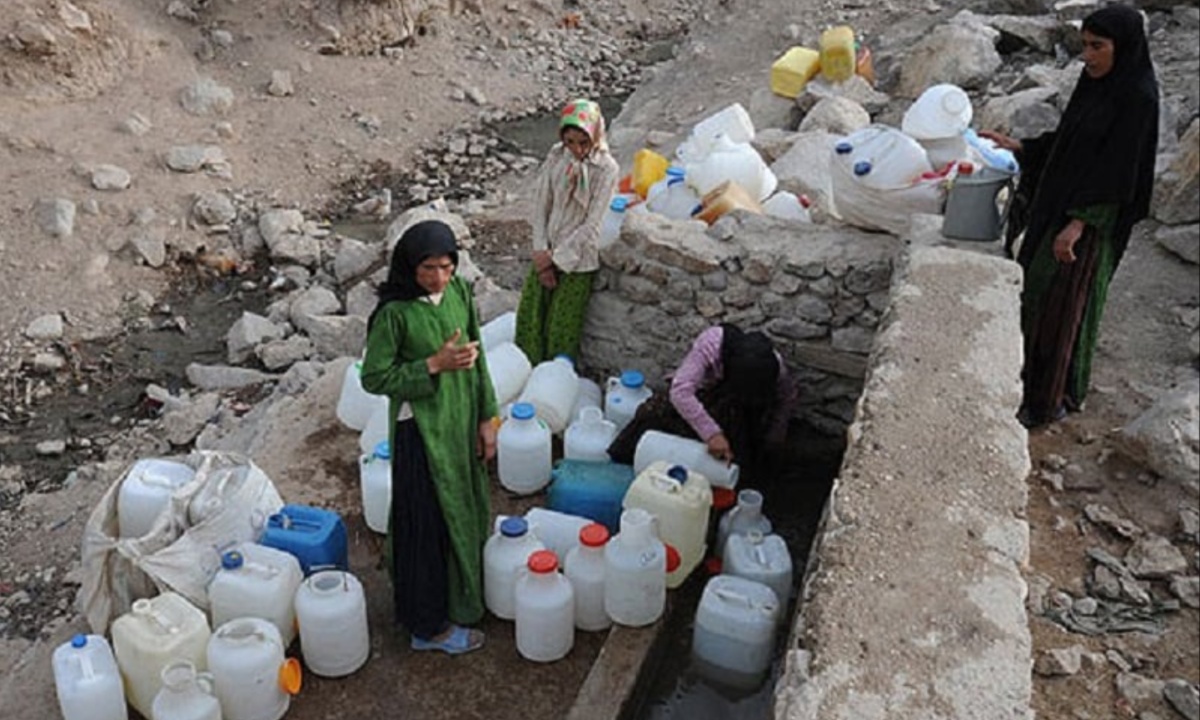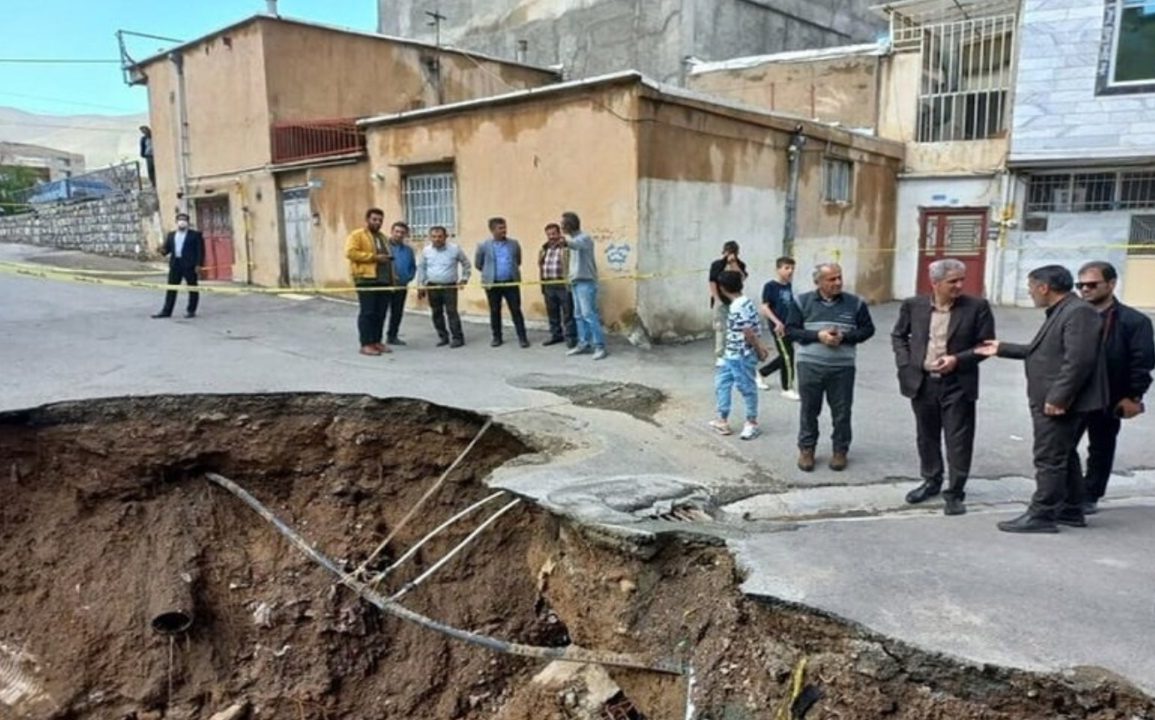Groundwater depletion in Iran has escalated to a crisis level, as highlighted by a recent study that reveals alarming consequences, including the appearance of cracks and sinkholes across various regions. Satellite imagery shows extensive land subsidence, with some areas experiencing a decline of over 10 centimeters per year due to excessive groundwater extraction.
Researchers indicate that it could take centuries or longer for these water reserves to recover, posing significant risks to the environment and infrastructure.
The study, conducted by Mahmud Haghighi and Mahdi Motagh from Leibniz University, analyzed satellite data from 2014 to 2020 to assess the effects of groundwater extraction in Iran. Their findings, published in Science Advances, reveal that approximately 3.5% of the nation’s land area is undergoing subsidence, predominantly attributed to groundwater withdrawal for irrigation.
This phenomenon is particularly severe in Kerman province, a crucial agricultural region known for its pistachio production, where subsidence rates exceed 35 centimeters annually.

Iran’s subsidence rates are among the highest globally, with some areas potentially facing irreversible damage due to the complete collapse of aquifers. The implications of this groundwater crisis extend beyond the environment, affecting nearly 90 million people living in the country.
The unsustainable extraction practices are leading to significant water scarcity, prompting researchers to emphasize the urgent need for immediate policy intervention.
Experts call for a coherent groundwater management strategy to address the escalating crisis. The combination of agricultural practices that rely heavily on groundwater and insufficient regulatory measures has exacerbated the situation. Addressing these challenges is essential to mitigate further subsidence and protect Iran’s infrastructure and water resources for future generations.

